Gary Gorman has almost finished building a new suckler shed on his farm in Derryoober, Woodford, Co Galway. He is a busy man, running a 50-cow suckler herd made up mostly of Limousins, a Lakeview tourism business and a pub in the locality.
The construction of the shed was prompted by a close call Gary had with a cow a year and a half ago. “I spotted a cow in the field after calving and went up to check that the calf was OK. Next thing I found myself on the ground being mauled by the cow,” he recalled. “I’m not sure how I got away, but thank God I did. However, I had quite bad injuries including broken ribs which curtailed work on the farm and my pub for a number of months after.”
The frightening experience made him think about livestock handling facilities on the farm and he decided a new shed designed especially for calving cows was needed to reduce the chances of something similar happening again. This got the ball rolling on the construction of a four-bay slatted shed with calf creeps and calving pens. Gary felt it was a prime opportunity to build a higher-spec shed given the availability of 40% grant aid through the targeted agricultural modernisation scheme (TAMS) II. The planning phase of the development was not straightforward, however, and Gary had considerable work trying to cut through red tape to build his shed.
Planning
In October and November 2015 Gary set about organising the building work. His adviser in Teagasc showed him some examples of sheds and after talking to different building contractors he decided on the design to go with. On December 17 2015 a planning application was made. However, in early 2016 Galway County Council came back and said because the planned site was within 20m of the Slieve Aughty SPA and 1.15km from the Lough Derg SPA, an overall site assessment was required. These are Natura 2000 areas and are protected wild bird conservation sites.
This overall impact assessment would cost approximately €5,000 to carry out, a cost Gary never considered when planning the shed. He felt this assessment should not be required given the fact the site falls outside the Natura 2000 zones. With the help of a local county councillor who lobbied on his behalf, he successfully downgraded the overall assessment to a screening report. This cost €750 and was carried out by an environmental planning consultant.
Part of this screening required the digging of a trial hole in a field where slurry was going to be spread. This was because the Geological Survey of Ireland website showed the site to be underlain by limestones shales and sandstones with acidic poorly drained topsoil and subsoil derived from sandstone till. The trial hole proved soil depth exceeded the recommended 1m with no sign of bedrock or stone. The screening also resulted in the drawing of 20m buffer zones from rivers and streams where slurry cannot be spread in the future. But the report concluded that the building of the suckler shed would have no significant effects on the Natura 2000 sites. The completion of this screening resulted in the granting of planning permission on 25 March 2016, just on time to make a TAMS II application before the second tranche of the scheme closed. TAMS tranches are continually opening and closing but if Gary missed the second tranche it would be months again before he would get approval.
There was also an issue with the TAMS application in relation to the overhang but Gary’s engineer sorted this out with the Department.
He received TAMS approval to start building work on 30 June 2016 but could not start building work until August because of Hen Harrier nesting times. Gary said he would not like to apportion blame on any individual but he found the entire process mentally exhausting and over the top, especially when the site of the shed did not fall inside the Natura 2000 site. “It’s come to the stage that you have to be fierce smart to be able to farm and stupid for doing it,” Gary claimed as he recalled the bureaucracy he had to deal with to build his shed.
The Shed
The shed is four bays long and was built on a greenfield site across a minor road from the main farmyard. The total height to the top of the canopy is 7.67m and it is over 4m to the eaves. It was a difficult site to work on with a slope but Gary said his plant hire contractor Paul Tuohy did a great job digging out the tank and laying out the site. Paul Kelly from Ballinasloe did all the concrete work including the slurry tank. Earls Engineering supplied the steel and Dessie and Eoin Ford erected the shed. A 7,000l concrete rain water storage tank was purchased and placed at the gable end of the shed. This was a condition for planning permission with the aim of reducing the amount of rainwater coming from the shed roof and making its way to the river. The sump pump in the tank feeds the harvested rain water to the drinking troughs in the shed.
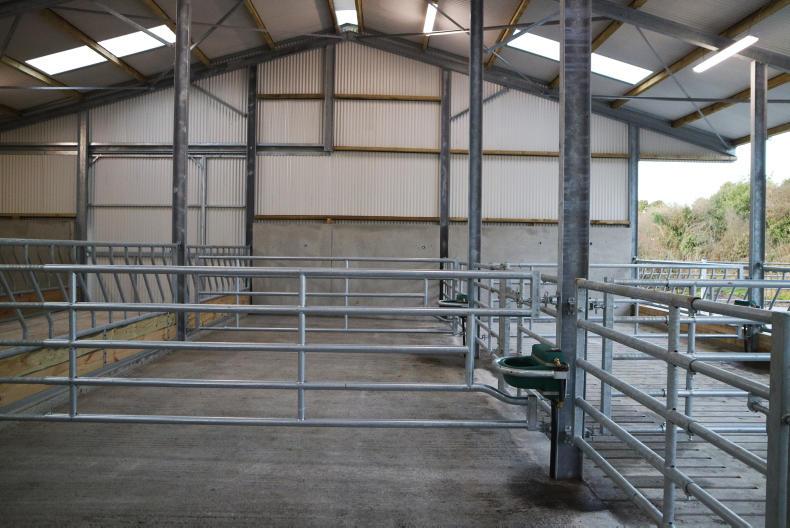
The pens in the front of the shed are slatted and are above an 8ft deep slurry tank. These pens are a good size at 4.5m x 4.8m. Behind the slatted pens there is a creep area with a sloped concrete floor.
The floor falls towards the slats, where runoff is collected. Teemore Engineering supplied all the penning and the feed barriers and PJ Minogue fitted them. The creep gate can be closed off easily if required. Gary was thinking ahead with the design.
He said that if he went down the road of feeding cattle the creep area would be an ideal layback area and having more feed barriers on the other side essentially doubles feed space. A sliding door on the creep area is essential for enabling a tractor and front loader to drive in for cleaning.
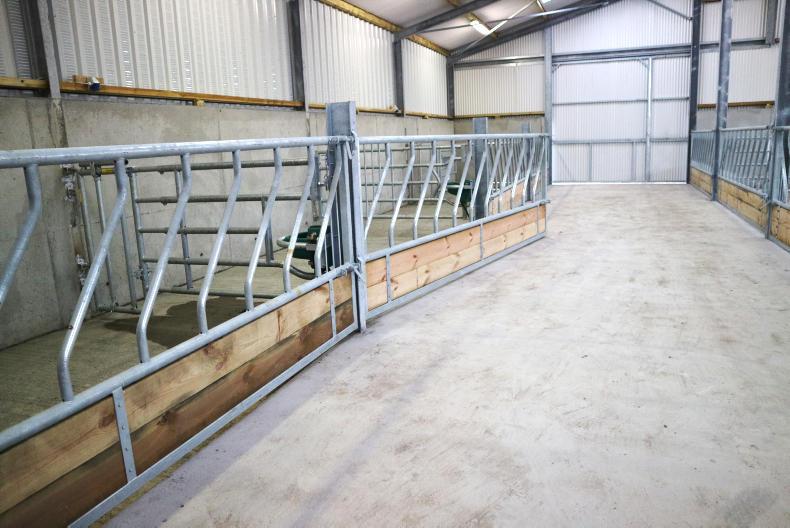
As part of Gary’s drive to make the farm safer, he added four calving pens at the back of the shed. He decided to put two calving gates in even though one would have been sufficient.
These pens are just under 3m wide and will have to be cleaned out manually or with a skidsteer because there are no doors at the gable walls of the calving pens. “I wanted a passageway here because I often check cows after closing the pub at night. With the passage I will be able to walk right in and check everything without climbing over gates and jumping inside a pen,” he said.
The passageway will also allow Gary to feed hay or silage with the tractor to cows in the calving pens and feed calves separately in the creep area. This passage is 4m wide.

Because the shed was built across the road from the yard, Gary decided to make sure moving cattle from one side to the other was made simple.
He got steel railings erected around the shed and he hung four gates at the entrance to the existing and new yards. Now if he wants to move cattle across the road he just simply opens all the gates and chains them together, similar to a level crossing on a railway.
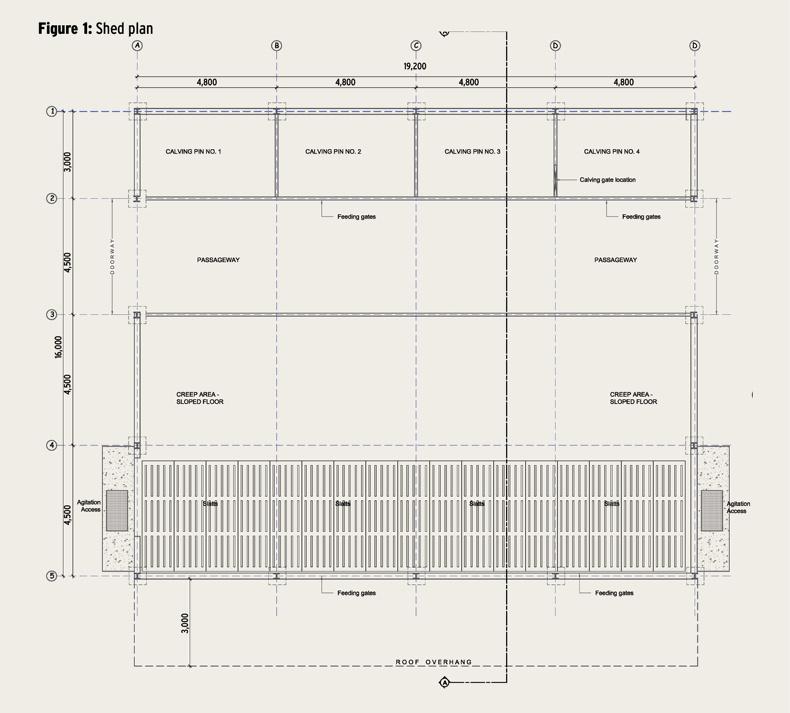
Cost
The main costs including VAT are laid out above. Gary will receive a 40% grant towards the net costs excluding VAT. The railings around the yard are extra and will not be grant aided. He said he is delighted with the workmanship of all the contractors throughout the development.
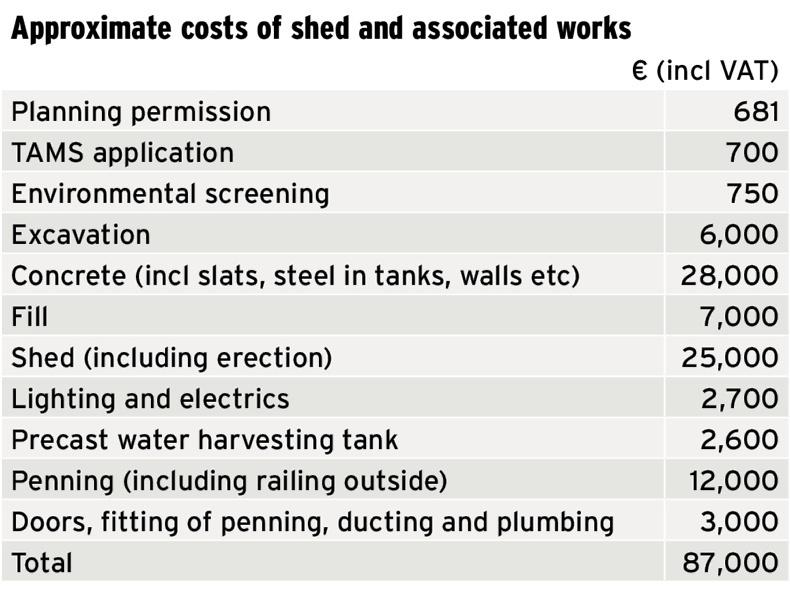




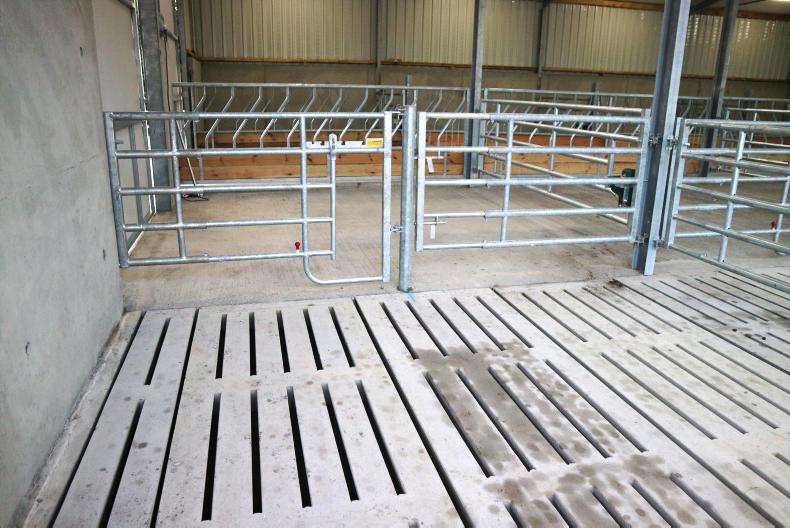



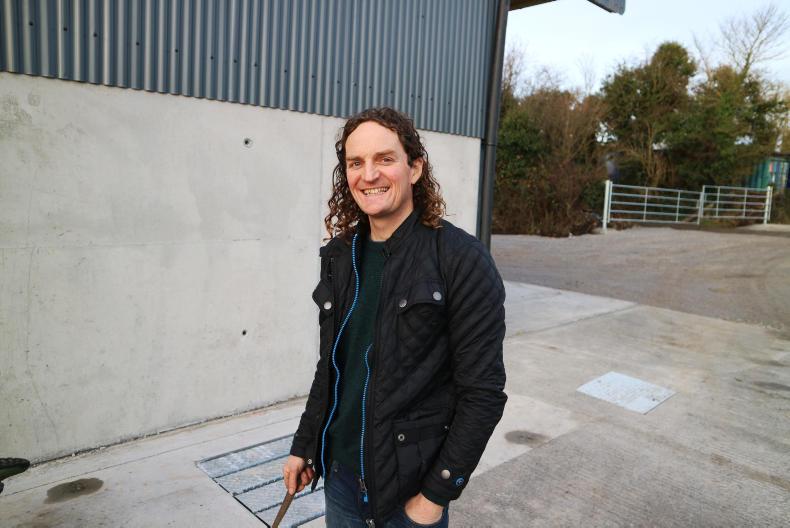


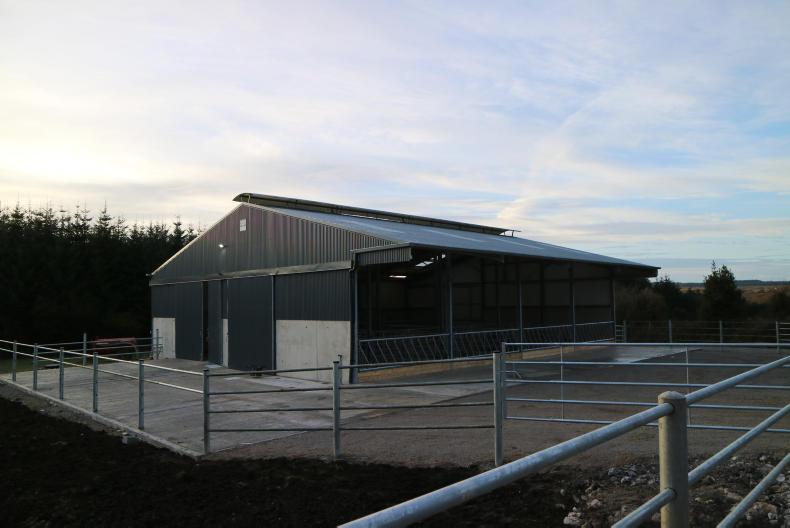
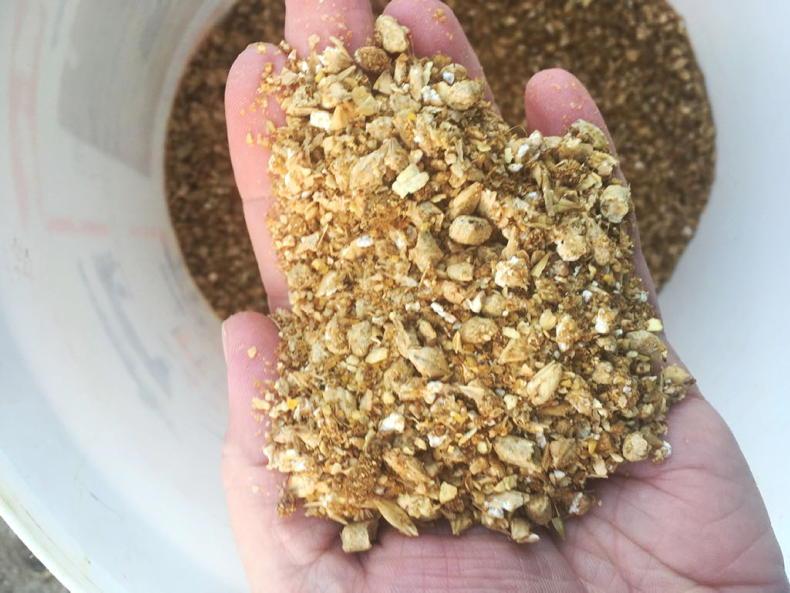

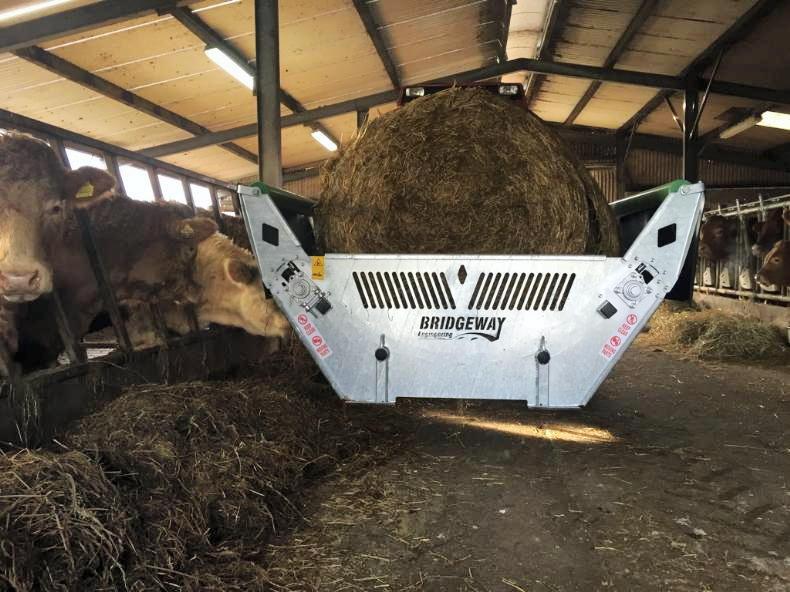
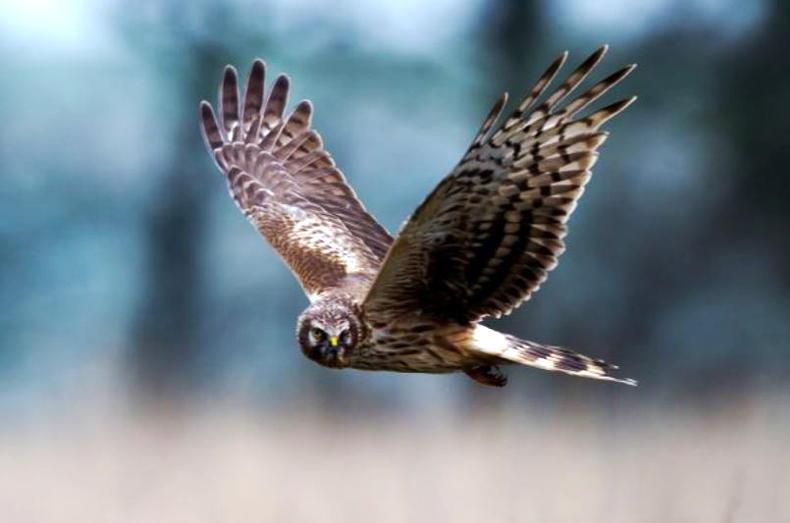
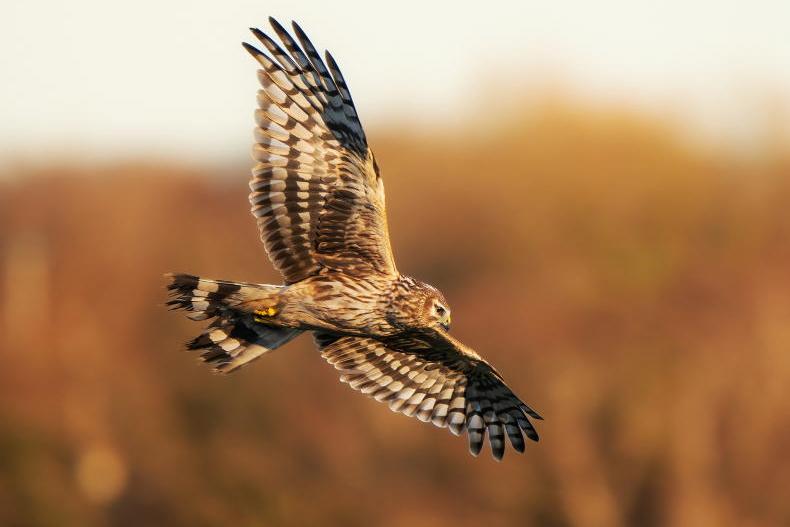
SHARING OPTIONS